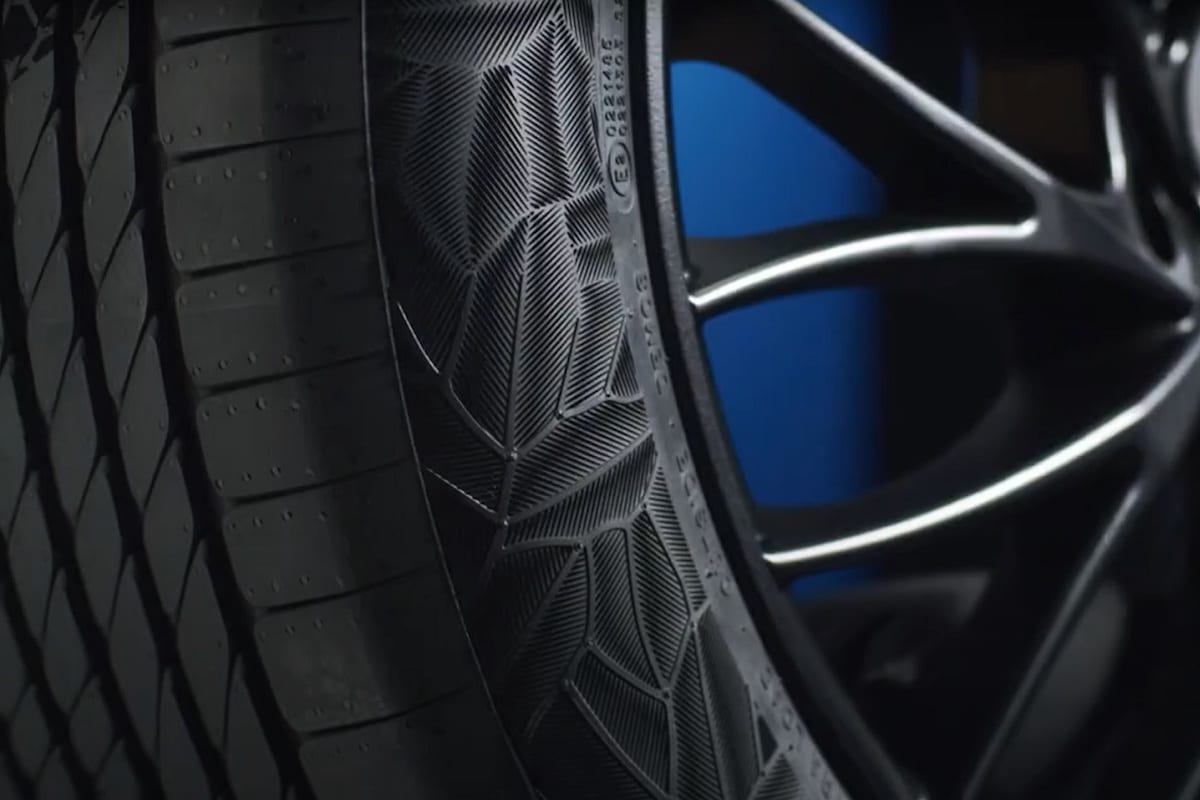More and more sustainable materials in tires

Michelin integrates up to 58% sustainable materials into its road-approved tires.
Since the beginning of the year, Michelin has been marketing two new tire models, one for cars and the other for buses, composed respectively of 45% and 58% sustainable materials. These tires, duly approved for road use, with no compromise on performance or environmental impact compared to traditional tires, preview technologies that Michelin plans to bring to market by 2025.

These advances are made possible by increased use of natural rubber, as well as the integration into tires of recycled carbon black, oils like sunflower oil, bio-based resins, silica derived from rice husks, and recycled steel. These improvements in sustainable materials integration represent a real challenge that Michelin is meeting through a targeted partnerships program.
For example, projects like BlackCycle and Whitecycle, which Michelin is leading with numerous European partners and support from the EU, aim to transform end-of-life tires into high-quality raw materials that can be reincorporated into new tires.
To reach its ambitious goal of a 100% sustainable tire by 2050 that preserves planetary resources, Michelin acts at every stage of its lifecycle, from the choice of raw materials to tire recycling solutions, taking into account the realistic possibilities for large-scale industrialization of sustainable materials that will compose it.
READ ALSO: The Mountain Law is back
This page is translated from the original post "Toujours plus de matériaux durables dans les pneus" in French.
We also suggestthese articles:
Also read






